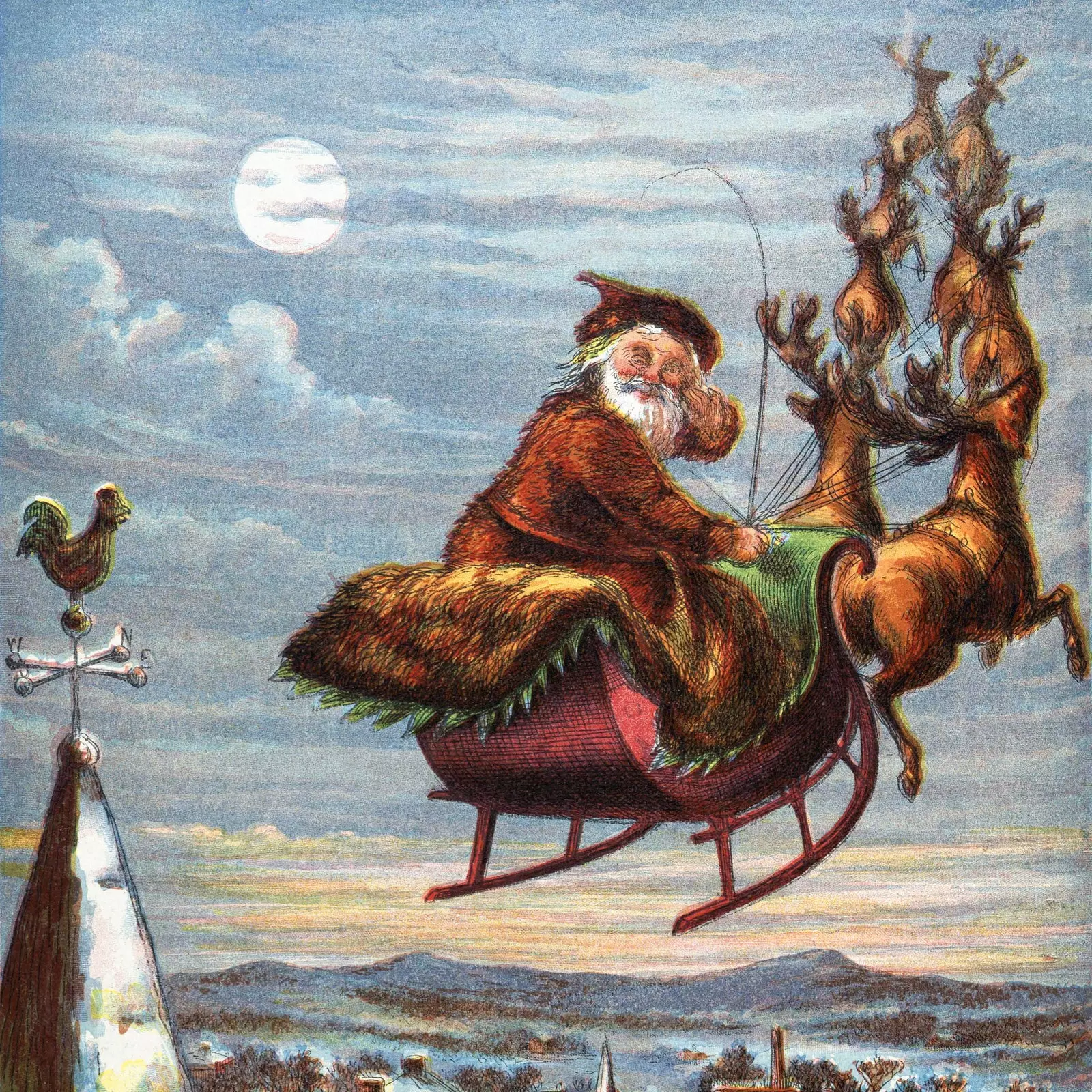
What if Santa Claus came from Turkey?
Christmas is coming and, with it, all those geographical topics that we love: the nougat from Alicante, the desert that the Three Kings of the East crossed, or the oxen that once entered a certain manger in Bethlehem to snoop around. But when it comes to Santa Claus, the coordinates skyrocket.
Some say that he has seen him rested after the hard Christmas day in Bora Bora, or that he cheats any GPS because his sled moves at 10,000 kilometers per hour. But specially, that his place of origin is not the famous North Pole, but a lusher, warmer one: Turkey!
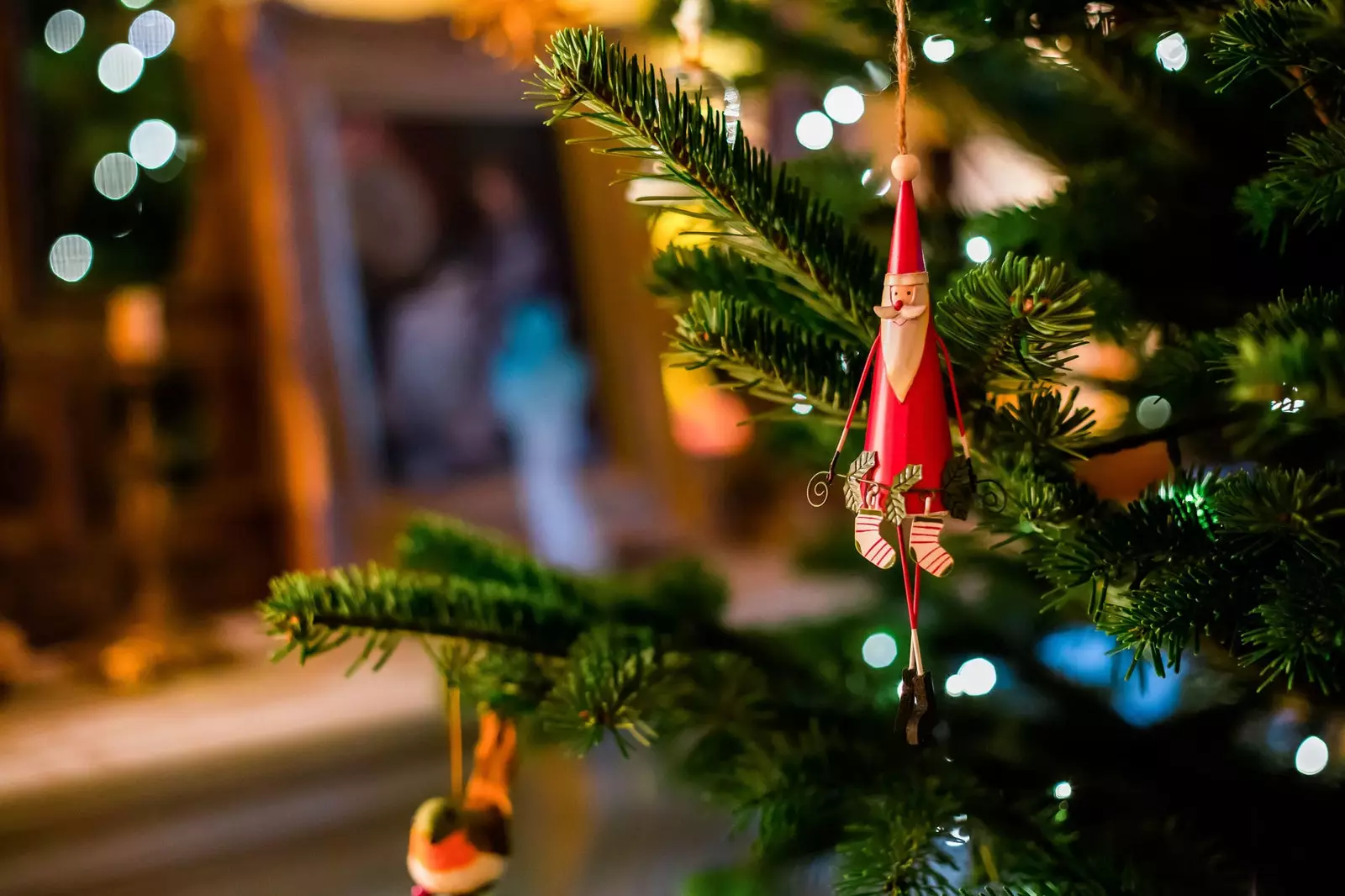
What if we told you that the origin of Uncle Santa goes back to Turkey?
SANTA CLAUS LIKES KEBAB
Fir trees decorated with lights are the threshold to the magical city of Christmas. In the post office there are no more letters and the flight of a sleigh becomes the best shooting star.
On one side is the Cabaña de Mrs. Roosevelt, the first official tourist to visit this area of Rovaniemi in Finnish Lapland in 1950. But it is there, in that magical workshop, where the machinery of Christmas began long ago and All the gifts are already ready waiting for Santa Claus to distribute them around the world.
When we think of the most beloved character of Christmas, our eyes point to a North Pole that has always been conceived as the residence of Santa Claus. Nevertheless, The origin of the most beloved chubby of the parties could be found in the Mediterranean itself.
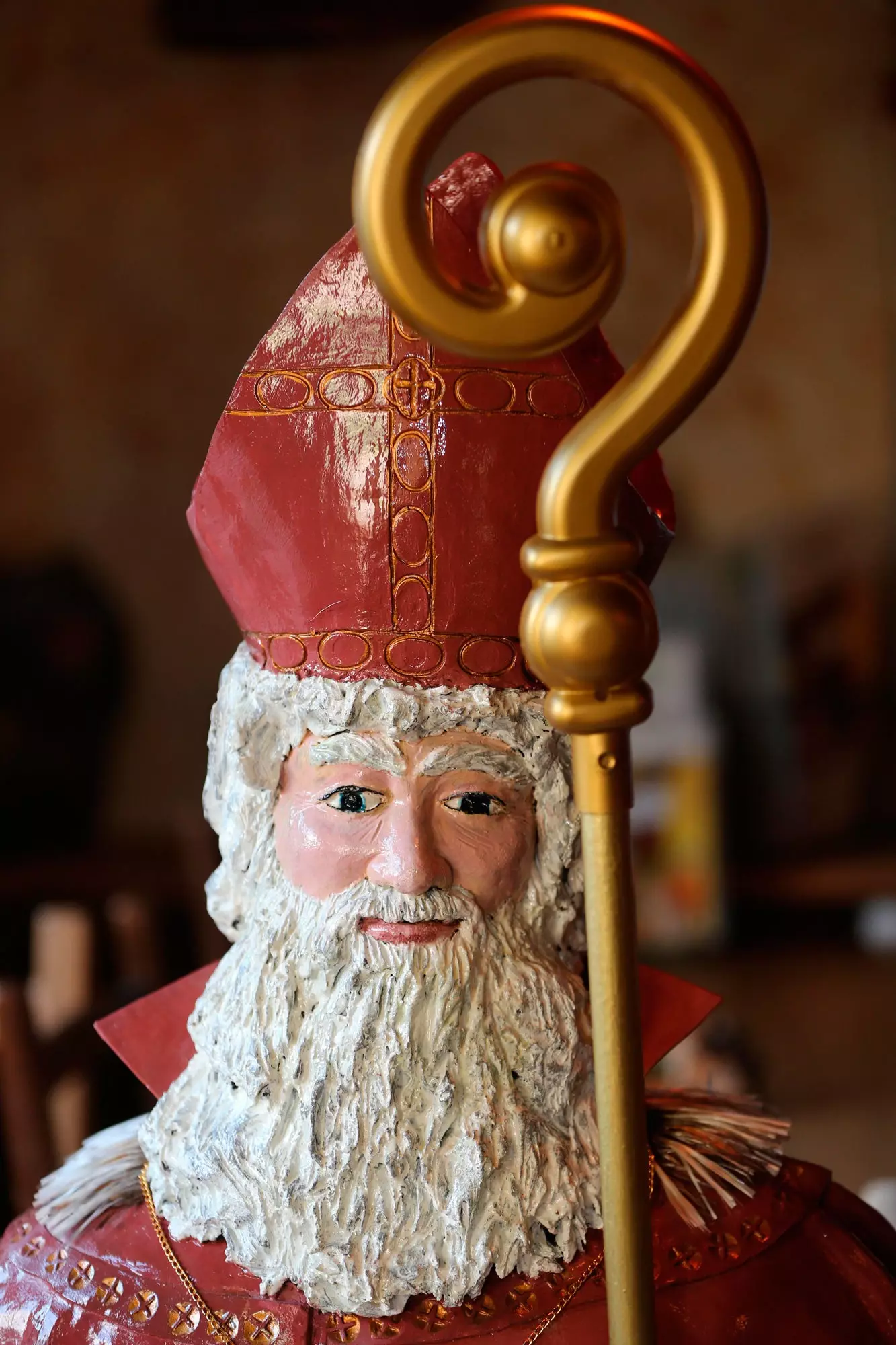
Saint Nicholas of Mira
It all started in the 50s, when it was repaired the crypt of the Basilica of Saint Nicholas in Bari (Italy). During this reform, the skull and bones of the homonymous saint, Saint Nicholas, were found, remains that were left in the care of Caroline Wilkinson, facial anthropologist at the University of Manchester (England).
The result of this reconstruction returned to the present a chubby man with gray hair, brown eyes and an olive-colored skin tone. typical of the Greeks who lived in Turkey… eighteen centuries ago.
Specifically, in the year 280 AD, historical moment in which Saint Nicholas, holy man and bishop of Mira, an ancient city of western Anatolia, in Turkey, was born. Nicholas was the son of a wealthy family of merchants from Patara, a city of Greek origin at the time and currently located in the state of Lycia (Turkey).
Torn between the dilemma of becoming a merchant, like his parents, or a bishop like his uncle, the future gave young Nicholas the answer in the most devastating way: **the plague that killed his parents and left him a huge family inheritance. that the orphan distributed among the inhabitants of his city. **
The seed of a legend that would push Nicolás to move to Mira to become a priest, like his uncle, at the age of 19.
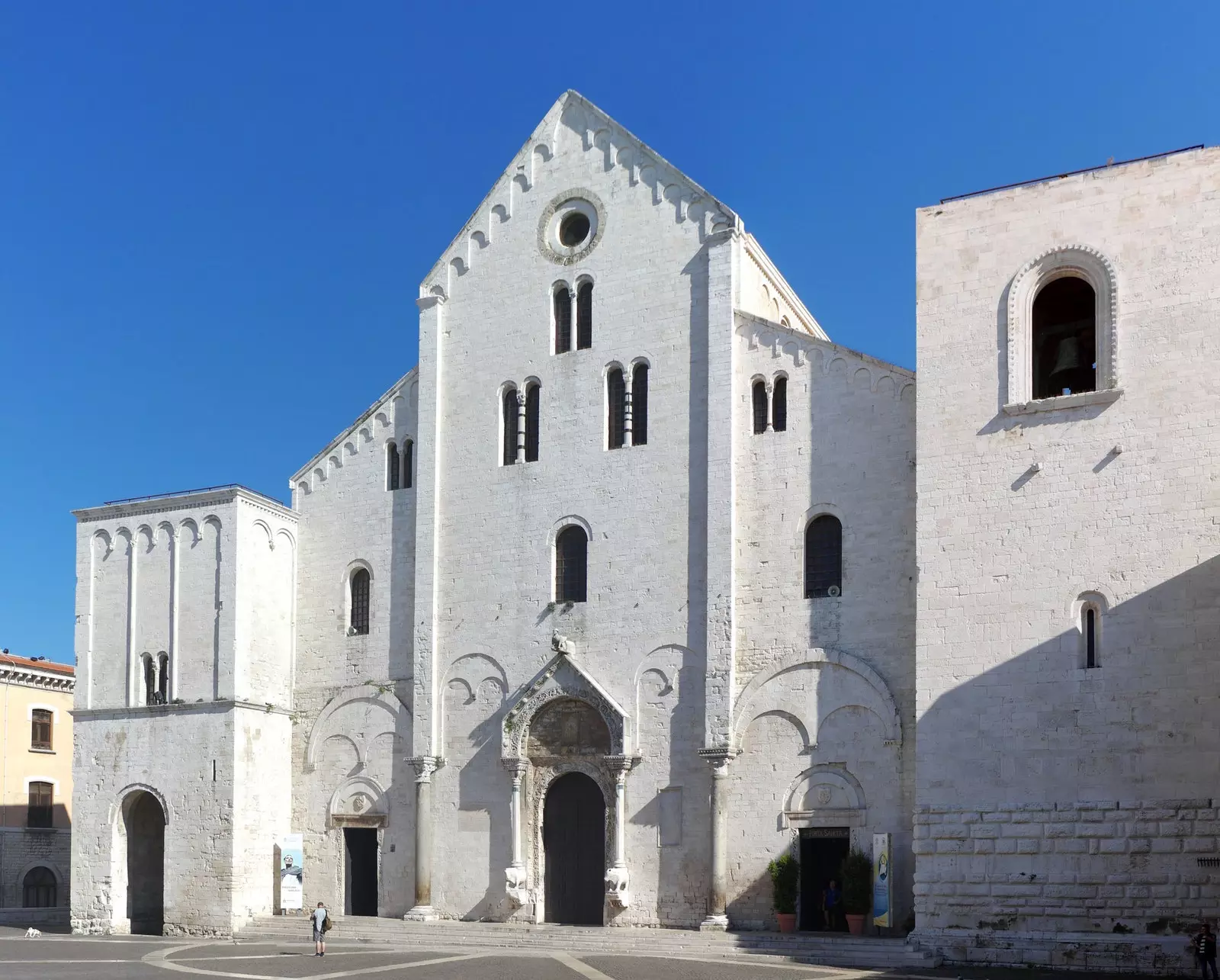
Basilica of Saint Nicholas in Bari, Italy
As documented by the historian Gerry Bowler, Saint Nicholas became famous in Mira for being the "patron saint of sailors". In fact, it is said that one stormy night, a group of fishermen was trapped on the high seas and Nicolás himself prayed from the shore until the waters calmed down.
But especially, the good work of Saint Nicholas and his relationship with the children are mentioned. One of the stories mentions a young bishop who rescued three girls destined for prostitution and to whom he gave three sacks of gold to help them pay his father's debt.
Another of the stories alludes to the discovery by Saint Nicholas of three murdered children whose bodies were preserved by their murderer, the owner of the inn. According to legend, the bishop managed to resuscitate the dismembered bodies, a miracle that made him the "patron saint of children".
In addition, Saint Nicholas became a priest loved by all his faithful thanks to his habit of giving different presents to the children of Mira. It was for this reason that the day of his death, December 6, 345 A.D., Saint Nicholas's day is celebrated in several places on the planet as a prelude to Christmas day.
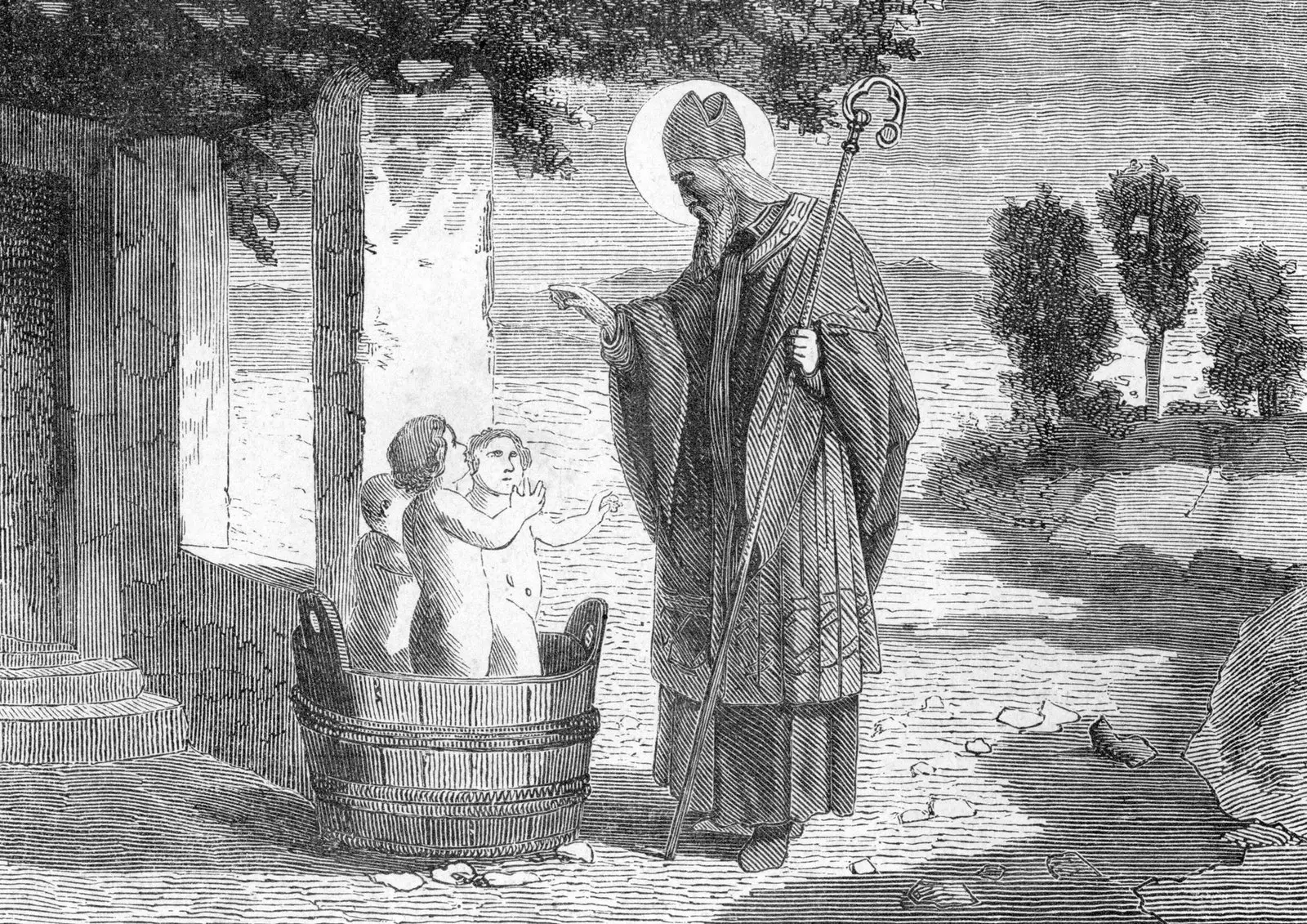
Representation of Saint Nicholas of Myra or Bari (270-345) resurrecting the three children. 19th century private collective engraving
The story of Saint Nicholas would be transferred to North Africa, specifically to Egypt, where the bishop met the Holy Land. Bari was another of the entry points for his work and his miracles, since the remains of the saint were transferred to southern Italy by a Catholic group during the invasion of Turkey by the Mohammedans.
And so, the legend was climbing through Europe. In fact, In Germany Saint Nikolaus reached such importance that his name transmuted over time into, can you guess?: Santa Claus! A name that the Dutch would soon transfer to the New Amsterdam, the current New York.
And we already know how Americans like to take an old European legend and turn it into "a good story." A different wrapper, crossed by the northern lights of the North Pole and a city of Santa Claus in Finnish Lapland that thousands of children around the world dream of.
The story of Saint Nicholas is one of the best examples of how a story can float from one country to another for centuries until it becomes a myth. In an icon of popular culture that, in the case of Santa Claus, today understands more than one curious origin.
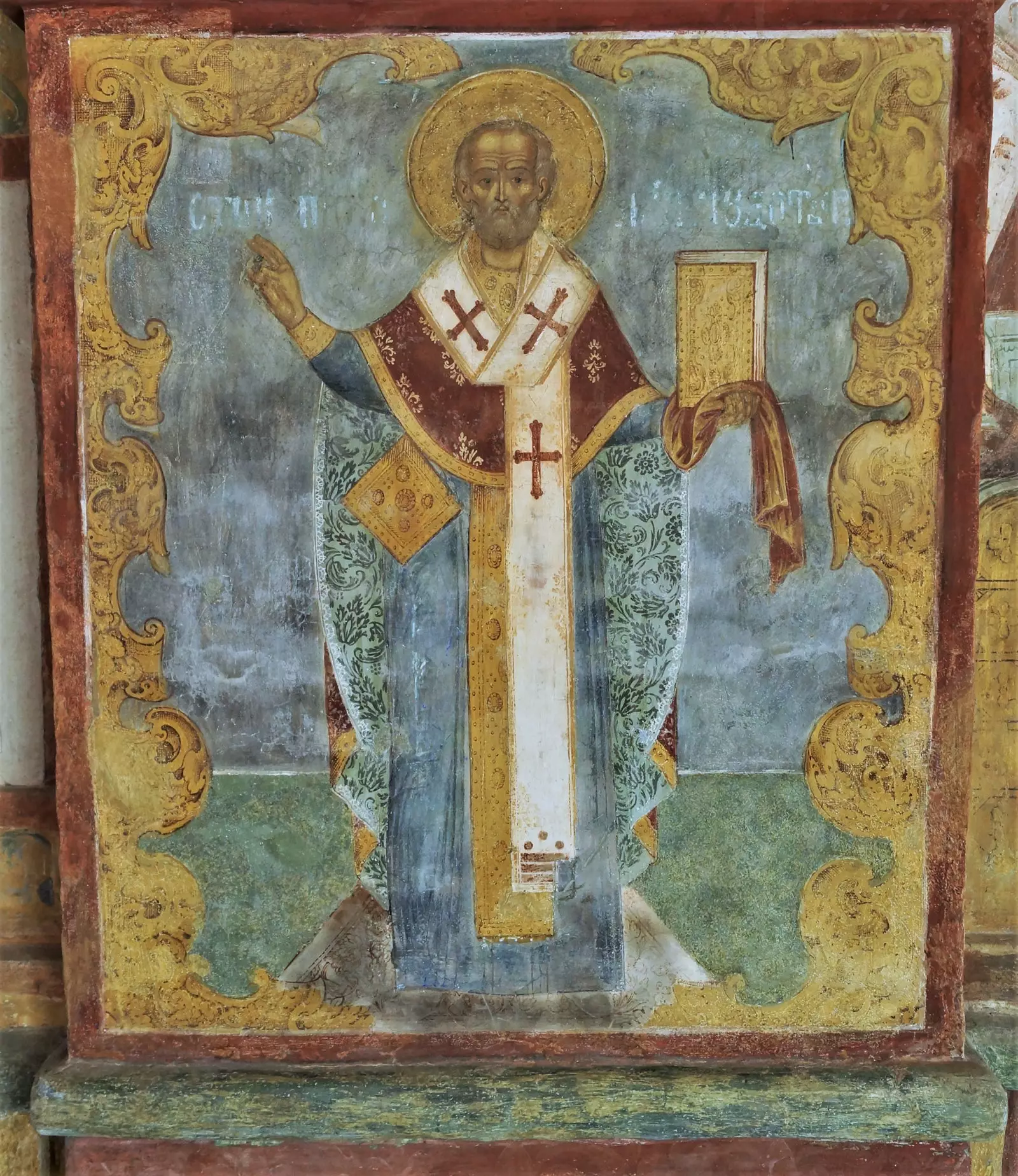
Saint Nicholas of Myra. Fresco in the Church of Saint Nicholas Nadein (Yaroslavl, Russia)
Pere Noel, Santa Claus, Viejito Pascuero or Saint Nicholas. The beloved guardian of Christmas has numerous adaptations in different countries of the world. But they all share the same symbolism.
The one of some values that have survived almost 2000 years and that this Christmas, more than ever, they invite children to tell new stories.
